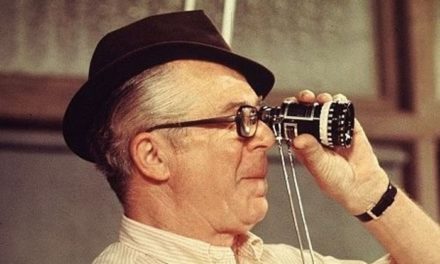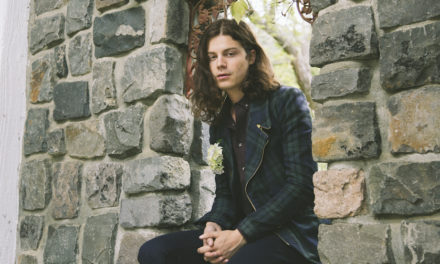I grew up surrounded by Jewish music. Since before I can remember, my family would wake us up with music in Hebrew. I knew words to songs in Hebrew before I spoke the language as a result of the sheer number of times they were replayed. When I was old enough to go to Jewish day school, I would proudly belt the words to the prayers we learned in “T’fillot” (prayer). I found tremendous value in being able to sit alongside my grandparents, singing the same songs. These songs were the ones they had learned when they were my age and the ones they sang with their family members, many of whom perished in the Holocaust. For me, these foreign songs were a gateway to my entire history, dating back to Aaron, the priest of the first Israelite temple and Moses’ brother.
As I grew older, the songs became less meaningful in their own right. Even though each chord was a nostalgic rendition of the same, beautiful tunes we sang during services, the repetition created distance from the importance of such rituals. The communal celebration was what kept me absorbed in the holy space. I was lucky enough to attend a music-forward synagogue through my adolescence. Although playing musical instruments was prohibited on holidays, my rabbi’s son was a drummer. Whenever he came home for the holidays, the percussion of rhythmic tapping on prayer books and tables rang through the halls of our temple. Additionally, fairly unique to my synagogue, we emphasized the enjoyment of prayer and inclusion of the entire community rather than showmanship or speed. These priorities beckoned me to join in the beautiful harmonies being called up to the heavens.
Jewish prayer was designed to match the powerful content being sung. If you’ve ever been to services and the congregation hits what sounds like a sonic peak, chances are, an essential prayer was just made. In this immersive quality, Jewish prayer services, especially Rosh Hashanah and Yom Kippur – the High Holidays — are supposed to be an intentional, interactive engagement with parishioners’ spiritualities.
In High Holiday services, chord progressions tell stories. Minor keys challenge congregants to address their shortcomings of the past year while major ones celebrate both the beauty in the community as well as in life. A funny thing happens when the service reaches its zenith: Everyone stands, as is traditional of the moment, but many also close their eyes, sway with the music and clap along to the rhythm of the invocations. These reactions are not commanded by Jewish laws, but go to nearly any High Holiday service and you will see the swaying, smiling and singing of the collective prayer. I hypothesize that this visceral intuition toward movement is part of the joy of the holy days.

Ben Brodsky/Contributing Illustrator.
Although I have no classical music training, I find myself tingling with anticipation during the lead-up to a song’s peak. In some ways, I feel programmed to find rhythms and harmonies in all music I consume. This infatuation is addictive, and I cannot help but attribute much of my appreciation for musical composition to my religious background. Further, my favorite environment to consume music is with a group of listeners. For this preference, Judaism also has an explanation. Jewish writer Ellen Levitt writes, “Singing, in particular, is an activity that Judaism frequently places within a group setting. The most obvious is the synagogue: there are communal prayer services morning, afternoon and evening.”
I view these traditions as a means to intentionality in listening. As opposed to a tendency to tune out when we consume art, the High Holidays challenge us to notice the intricacies of the messages we hear. The purpose of religious prayer is to realize that certain messages exist that connect us to spiritual themes. Our job is to put these messages together, and find our own meanings in the words we say and hear. By this purpose, art can be a holy thing. Even if the music and books you analyze are not said to be written by a divine source, the humanity entrenched in artistic expression is a gateway to the basis of our collective experiences: a very holy doctrine.
Even if you’re not Jewish, during these holidays and into the new year, I challenge you to engage with the art you most admire. What gives your favorite song the energy to inspire nostalgia and personal change? What about your favorite film or book forces its viewers to see new perspectives? Answering these questions allows you to examine the origin of your preferences, pushing those who enjoy art toward self-reflection and betterment. Art may not be fundamentally religious, but creative work is of the same connective power as prayer, compelling humans toward shared humanity.
L’shanah tovah u’metukah! (To a good and sweet year!)
Ben Brodsky (he/him) (25B) is from Scottsdale, Arizona. He has explored hip-hop history since 2019, first on his blog SHEESH hip hop, and now with “Hip Hop Heroes,” a series of essays on narrative in hip-hop. When not writing about Jay-Z, you can find him writing “Brodsky in Between,” an Opinion column on political nuance, graphic designing and playing basketball.






